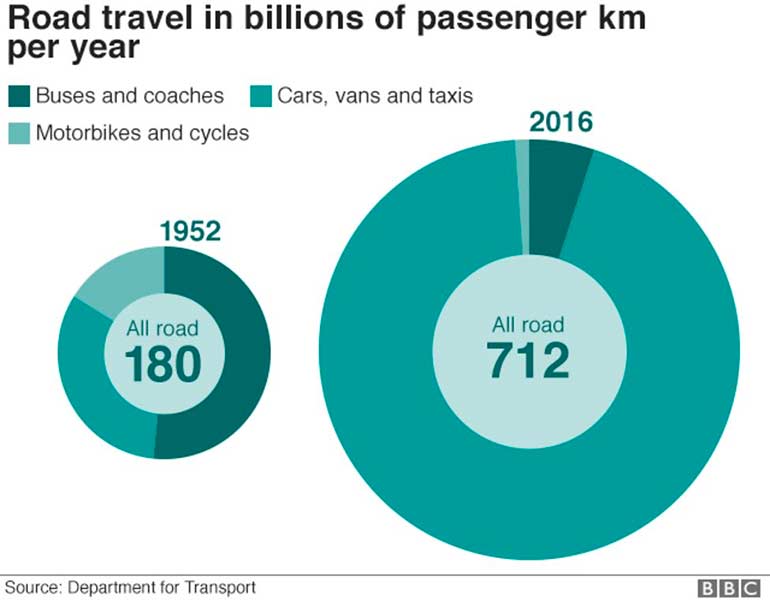Guest Blog | Posted on January 28th, 2022 | return to news
How new changes to the Highway Code are set to spark a long-term mindset shift around public transport safety
By Tom Quay of Passenger

Tom Quay, CEO at UK public transport app and website provider Passenger comments on how new changes to the Highway Code are set to spark a long-term mindset shift around public transport safety. This is what he has to say:
According to the Department for Transport, cars have dominated our roads for more than 40 years as private vehicle journeys have made up more than three quarters of all passenger journeys since 1970. Even with the pandemic causing the number of cars on roads to drop momentarily, a shift in the UK’s road user dominance has been greatly needed – and it’s fantastic that change is now in the air.
Public transport operators and their suppliers can only do so much to encourage more people to leave their cars at home and travel more sustainably. A great deal has been done already – from more reliable journey planning with new tech innovations, to introducing discount incentives. However, public transport use is still falling at an alarming rate. The latest Transport Statistics for Great Britain report showed the number of passenger journeys made on public transport vehicles dropped by 68% in the financial year ending 2021, compared to that of 2020.
With this in mind, it’s evident that the government needs to take action, and the new changes to the Highway Code are a hugely positive step. There is a perception that car drivers ‘own’ the roads, in ever increasing traffic congestion. This has created unnecessary resentment between different road users, and cars are seen as the top of the priority list of road users – despite being the most environmentally damaging and least efficient way for large numbers of people to use the roads.
With the new changes to the Highway Code about to become official, drivers of larger vehicles will have a legal responsibility to look after more vulnerable road users. This means road priority will shift and start with the most vulnerable – pedestrians – and drivers will have to be far more conscious of their whereabouts.

What’s more, the onus is not entirely on car, bus, and lorry drivers. Cyclists will also need to give way to pedestrians. Rather than singling out one group, giving everyone a level of responsibility will help build respect and appreciation for others. This will, over time, reassure people that modes of transport besides their car are safe for both them and their loved ones, and inspire a positive change in travel choices.
However, this enhanced feeling of safety will only come if the changes to the Highway Code are clearly and consistently communicated to everyone. The Department of Transport needs to really deliver on their communications campaign, so that every single road user understands and adopts the changes. Information has been teased through the media over the past couple of months, but now the law is official, a concerted effort needs to be made to embed the message. We can then make strides in achieving the mindset shift needed to get more people using more sustainable means of transport, in line with the National Bus Strategy.
Did you know?
The average amount of time each person spends travelling each day is about one hour, and surprisingly this has been fairly constant since the 1960s, but average speeds have increased, especially for rail, so people can go further in the same amount of time. This means people are commuting greater distances, especially in the crowded south-east of England.
Of interest…
A result of the UK Government’s ‘stay at home’ lockdown instruction during the pandemic, British Transport secretary Grant Shapps said that the number of cars on UK roads dropped down to levels last seen in 1955.
Please share post:








